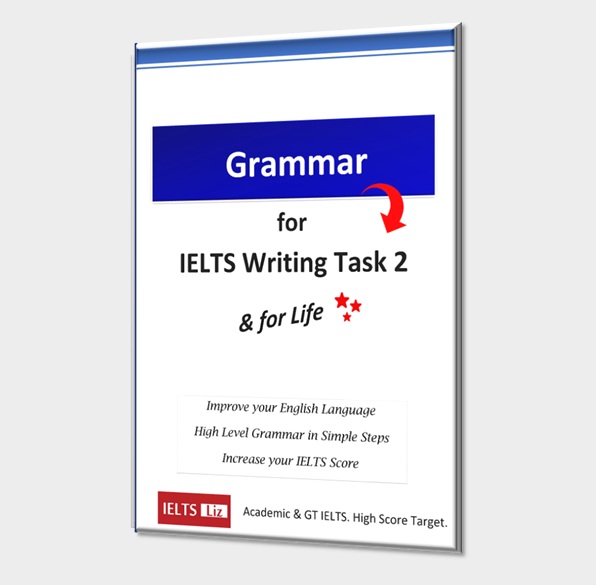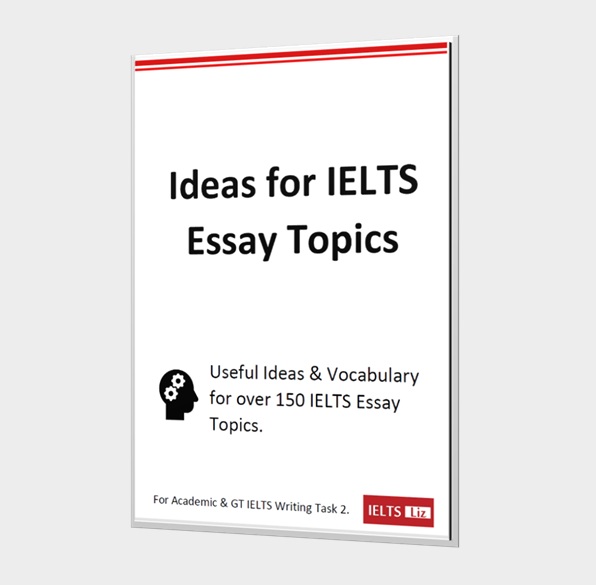Watch my video lesson to learn about the greeting and ID check at the beginning of your IELTS speaking test.
Transcriptthe beginning
of your IELTS speaking test
this is when you walk into
the IELTS speaking examination room
and you greet the examiner for the first time
this is before part 1 begins
you will need to greet the examiner and
do an identification check
we often call this part 0
there are 4 questions to part 0
and I’m going to give you the questions
and give you some useful tips
so that you can be confident in your answers
and give a good first impression
to the examiner
so lets start with the first question
in the first question
the examiner will introduce him or herself
and the examiner will give their name
so the examiner is going to say
good afternoon my name’s elizabeth
what’s your full name or maybe they might say
could you tell me your full name
please and you need to answer good afternoon
elizabeth you can give the examiner’s name or
not its your choice
and then you say my name’s bui minh trang
now it’s a simple question and simple answer
but I still have some tips for you
so the first tip
if you’re going to use the name of the
examiner and say
good afternoon elizabeth
please don’t give a title
this is incorrect in English
we don’t use titles
with first names so if you’re going
to use the name of the examiner
only say good afternoon elizabeth
but if you don’t feel comfortable
using the name of the examiner
it’s fine
its not a problem
you can just say good afternoon
now when you give your name
there are two tips
I want you to remember
the first tip is when you say my name’s biu minh trang
please don’t say my name is
bui minh trang
I want you to use
the contraction
my name’s
now the reason this is important
is because this is part of pronunciation
when you contract a word from is to my name’s
then is higher level pronunciation
so remember that for the rest of your exam
and try to use it
as much as you can
and the other tip is
when you give your name
please don’t speak quickly
don’t say ……………………..
I want you to say the name
clearly because sometimes it’s difficult
for the examiner to hear foreign names
so you need to say my name’s
bi min tang
and of course the point is to smile
don’t forget to smile
this is yur chance to greet the examiner
and be friendly and show confidence
so smile look at the examiner in the eyes
and relax
the second question is very easy the examiner will ask
you what can I call you
and there are 3 ways that you
could reply
you could say you can call me
minh
or you could say
just call me minh
or please call me minh
so those are 3 possible answers
that you can give
now for some tips
my first tip is please don’t
explain why people call you this
this is really part of the test
this is only the greeting
so you’re going to give
the examiner simple clear answers
you don’t need to add more information
and I know some of you have English
names
and of course you can give the examiner you
English name you can say
you can call me by
my English name Mary
now this is fine but please remember
do not make a mistake with that sentence
you still need to say yo can call me
you need this preposition by you can call me by
my English name Mary
and if you don’t have an English name
please don’t worry it doesn’t matter
so lets have a look at the third question
the third question the examiner
will ask you where are you from
or the examiner might say
could you tell me where you come from
now let me give you
some possible answers
you cuold say
I’m from Hanoi
I’m from you could say
I come from Hong Kong
I come from
you could also add more information
if you want not too much
just a little bit more if you want
you culd say I’m from Calcutta
which is in the east of India
now it is good to add a little bit more information
it’s friendly
but also it’s shows the examiner good grammar
which is in the east
this is a clause
which means it is high band score grammar
so you’re already showing the exminer
that you have good English
now lets have a look at some tips
don’t expand any further
you can give the location and stop
don’t say any more
again these are simple questions
simple answers also don’t ask the examiner
any questions so for example
don’t say I come from Hanoi have you been there
don’t give the examiner recommendations
don’t say I come from Hanoi
I think you really should go there
so please don’t do that
just keep it simple
short and accurate
and the last tip for you
this is with the pronunciation for
the names of the cities where you come from
please try to use the English pronunciation
so for example Hanoi please don’t say
Ha Noi please say Hanoi or for example
Calcutta please don’t say Kolkatta
please Calcutta
the reason that we do this is
because you’re showing the examiner that
the English pronunciation is natural
for you right so lets move on to the
last question
question number 4
and the final question
question 4 the examiner
will ask you could I see your
identification please
or the examiner might say
can you show me your identification please
now for your answer of course you need to give
the examiner your identification
and you can also say
here you are
or sure here you are
or of course
here it is
so you can choose any
of those answers
now for some tips
identifcation is often called ID
so if the examiner asks you
for your ID it’s the same it means identification
keep your answer short
you can see here it’s just a very short answer
just a few words
don’t make it any longer
and the last tip it is possible
for you to actually
say nothing and give the examiner
the identification but I think it’s nice
just to say something these are all
very polite and perfectly normal
to say in that situation
so those are the 4 questions for part 0
for greeting the IELTS examiner
adn doing the identification check
please watch the video again
practice answering the questions
correctly and remember smile
relax be confident and start your test in
the right way
well that’s all I’ll
see you in my next IELTS lesson





